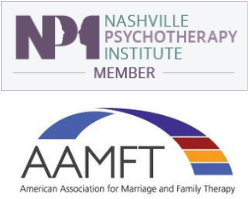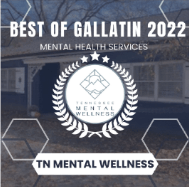Mindfulness 101

“Mindfulness” is a buzzword lately, and with good reason. Countless studies tout it’s benefits, ranging from enhanced memory & decision-making, to improved relationships, to reducing symptoms of anxiety and depression. I personally practice mindfulness meditation regularly, “attempt” to practice it with my kids, and often use it with my clients.
For those unfamiliar with mindfulness, here is a primer:
- “Mindfulness” is simply being present, or paying attention to the present moment, rather than worrying about or planning for the future, or ruminating about the past.
- “Mindfulness Meditation” is the practice of encouraging the brain to focus on the something in the present moment, usually by focusing on one’s breathing, for a determined period of time (anywhere from 5 to 20 minutes).
- Present-moment attention: The purpose of mindfulness meditation is NOT to clear one’s mind, nor to have perfect attention to one’s breath. Rather, the purpose is to notice each time the mind has wandered, and then gently bring the awareness back to the breath. So the practice assumes that you are human, and your attention will wander, but the real brain-work is in choosing to re-direct the focus from the wanderings back to the present moment. When practiced consistently, mindfulness meditation literally changes the structure of the brain.
- Peacefulness is not guaranteed: Mindfulness may help you feel more peaceful or at ease, but not necessarily. The point is not to calm or relax you, but to train your brain to have control, despite any negative or uncomfortable thoughts or feelings you may be experiencing. Mindfulness enhances your ability to deal with negative inner-experiences.
- Nonjudgmental acceptance: Mindfulness encourages acceptance of all thoughts and feelings that might come up during a meditation practice. In mindfulness, you are aware of thoughts and feelings, but do not react to them. In this radical act of self-acceptance, you withhold judgment on your thoughts, sensations, behaviors, and emotional states.
- Acting with awareness: When practiced regularly, mindfulness meditation becomes a state of mind–a “mindful awareness”–in all your daily activities, rather than doing things mindlessly or automatically.
What does all this mean to you? Well, if you want to feel more positive, less worried, practice mindfulness. Whether it’s a daily 5 to 20 minute practice, or just a state of increased awareness during your daily activities, mindfulness can help you feel and act in more positive ways. So the next time you notice your attention wandering to anticipating the future or dredging up the past, gently redirect your attention to something in the present moment, like your breath, your physical sensations, or things you see or hear in your immediate surroundings. Do this each day, even for a small part of the day, and notice the difference in your mood and relationships.
For further resources on Mindfulness Meditation, these are some of my favorite resources:
TED talk on Mindfulness Meditation
Compilation of TED talks on Mindfulness










LEAVE A COMMENT